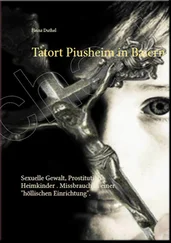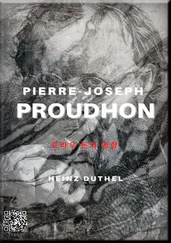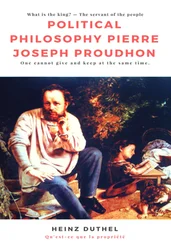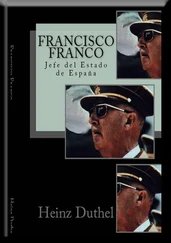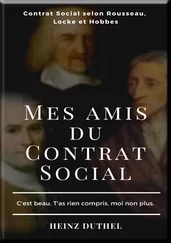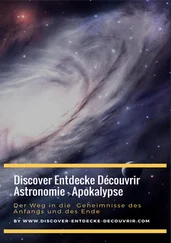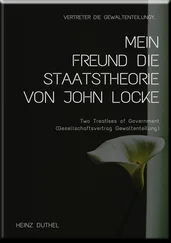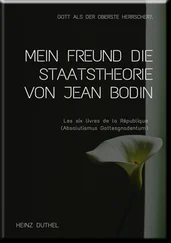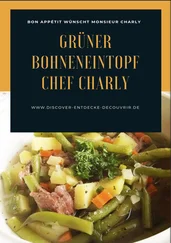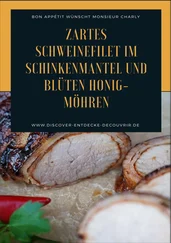Complementary Healthcare and Alternative Medicine Encyclopedia
Encyclopedia of Thai Massage
and Alternative Medicine
The Jap-sen guide to alternative and complementary medicine, self development and natural health.
ISBN 978 -0-557-61853-8
Publisher: Heinz Duthel
© Heinz Duthel 2010 - 2018
Encyclopedia of Thai Massage and Alternative Medicine
This book is sold subject to the condition that it shall not, by way of trade or otherwise, be lent, resold, hired out or otherwise circul ated without the publisher’s prior consent in any form of binding or cover other than that in which it is published and without a similar condition including this condition being imposed on the subsequent purchaser.
For my children
Therapies,Information
Acupressure
Acupuncture
Alexander,Technique,
Anthroposophical,Medicine
Aromatherapy,
Art,therapy,
Aura,Soma,
Autogenic,Training
Ayurveda
Bach,flower,remedies,
Bates,method,
Biochemic,Tissue,Salts
Biofeedback,
Bio rhythms,
Bowen,technique,
Buteyko
Chiropractic
Cognitive,and,Behaviour,Therapies
Colonic,irrigation
Colour,therapy
Cranial,Osteopathy
Cranio-sacral,therapy,
Do,In,,
Ear,acupuncture,
Emotional,Freedom,Technique,(EFT)
Feldenkrais,Method,
Feng,Shui
Healing,
H ellerwork
Herbal,medicine
Holographic,repatterning
Homoeopathy,
Hopi,ear,candles,
Hypnotherapy,
Indian,Head,Massage
Iridology
Johrei
Kahuna,Bodywork
Kanpo
Kinesiology
Life-coaching
Manual,Lymph,Drainage
Massage,therapy,
McTimoney,Chiropractic
Medau,Movemen t
Meditation
Metabolic,Typing
Metamorphic,Technique
Naturopathy
NLP
Norris,Technique
Nutritional,therapy,
Osteopathy,,
Pilates
Polarity,therapy,
Psychotherapy
Qigong,
Radionics
Reflexology
Reiki,healing
Rolfing
Seichem,/,Seichim,/,Sekhem
Seiki
Shiatsu,
Sou nd,Therapy
Thai,Foot,Massage
Thai,Yoga,Massage
The,Journey
Thought,Field,Therapy,
Toyohari
Trager,Work
Tuina
Yoga
Zero,Balancing
Acupressure
Acupressure is the application of pressure to the body to affect the flow of energy (Ki) in the 12 meridians accor ding to the principles of Oriental medicine. It is widely practised in China where more emphasis is given to a person's responsibility for their own health than it is in the West, and is often used as a self-help treatment.
Acupressure is believed to be th e 'mother of Acupuncture' in that it predates the use of needles to stimulate the body's energy flow. It has the same principles as Acupuncture, but the pressure is applied directly to the Acupoints of the body mainly by using the hands, fingers, thumb or knuckles and sometimes by using a smooth, blunt object. Stimulation of the body's meridian system by touch is perhaps one of the oldest healing systems, and many other therapies use Acupressure techniques including Shen Tao, Jin Shen, Do Jin Shen, Qigong, Shiatsu and Tuina.
Acupuncture is an ancient Chinese medical procedure involving insertion and manipulation of needles at more than 360 points in the human body. Applied to relieve pain during surgery or in rheumatic conditions, and to tre at many other illnesses, acupuncture is used today in most hospitals in China and by some private practitioners in Japan, Europe, and the United States.
Acupressure, a variant in which the practitioner uses manipulation rather than penetration to alleviate pain or other symptoms, is in widespread use in Japan and has begun to find adherents in the United States and elsewhere. Also known as shiatsu, acupressure is administered by pressing with the fingertips-and sometimes the elbows or knees-along a complex network of trigger points in the patient's body.
In traditional Chinese medicine, it is believed an energy called chi flows along invisible energy channels called 'meridians' which are believed to be linked to internal organs. Sticking needles at particula r points along those meridians is believed to increase or decrease that flow of energy.
Chinese traditional medicine sees that a balance has to be kept between two opposing yet complementary natural forces called 'yin' (female) and 'yang' (male). Yin force is seen as being passive, tranquil, and represents darkness, coldness, moisture and swelling. Yang force is seen a being aggressive and stimulating, and represents light, heat, dryness and contraction.
History
Acupuncture needles dating from 4,000 years a go have been found in China. The first needles were made of stone; later, bronze, gold, or silver were used, and, today, needles are usually made of steel. Initially, needles were used only to prick boils and ulcers. Acupuncture was developed in response t o the theory that there are special "meridian points" on the body connected to the internal organs, and that "vital energy" flows along the meridian lines. According to this theory, diseases are caused by interrupted energy flow, and inserting and twirling needles restores normal flow.
Treatment
The primary use of acupuncture in China today is for surgical analgesia (pain relief). Chinese surgeons estimate that 30 per cent of surgical patients obtain adequate analgesia with acupuncture, which is now done by sending an electrical current through the needles rather than by twirling them. American doctors who have observed surgery done under acupuncture have verified that it is effective in some patients, but put the figure closer to 10 per cent. Brain surgery is especially amenable to this form of analgesia. Chinese surgeons claim that acupuncture is superior to Western, drug-induced analgesia in that it does not disturb normal body physiology, and, therefore, does not make the patient vulnerable to shock (acut e fall in blood pressure).
Chinese doctors also treat some forms of heart disease with acupuncture. As part of an attempt to put the practice on a more scientific basis, they studied the effects of acupuncture treatment on more than 600 people with chest p ain caused by reduced blood flow to the heart. They claimed that almost all the patients greatly reduced their use of medicine, and that most were able to resume work. Other physiological conditions treated with acupuncture are peptic ulcers, hypertension (high blood pressure), appendicitis, and asthma.
In 1979, the World Health Organisation listed some 40 diseases that could be successfully treated with acupuncture, including breathing difficulties, digestive problems, disorders of the nervous system and p ainful menstruation
The Alexander Technique
The Alexander Technique is used to help to teach people about how efficiently and effortlessly they can use their bodies in everyday life. Often, we develop bad posture and habits without being aware of this, an d expend too much energy or muscle force to achieve a task. Alexander Technique teachers help to adjust the client's posture to recognise the difference between current habits and what it feels like to use muscles with minimum effort and in a relaxed, flui d way. The Technique teaches how to become more aware of your own posture, balance and movement in everyday life.
The lessons usually last for between 30 and 45 minutes and are normally on a one-to-one basis. The teacher uses his/her hands to gently correc t any muscular imbalances and encourages the body to a better alignment. This is a direct body experience, so the client becomes familiar with the sensation of correct alignment in their own body. This can feel strange initially, as the body is not used to using it's muscles in this way, and the new methods of movement need to be practised with constant awareness as to how we choose to use our bodies in everyday tasks. It is a process of re-educating the body by learning how to stand and move correctly. Thi s leads to health benefits as often poor spinal posture will lead to other symptoms like poor breathing due to restriction in the throat and diaphragm areas. Breathing and how we breathe is an important aspect of the Alexander Technique.
Читать дальше

